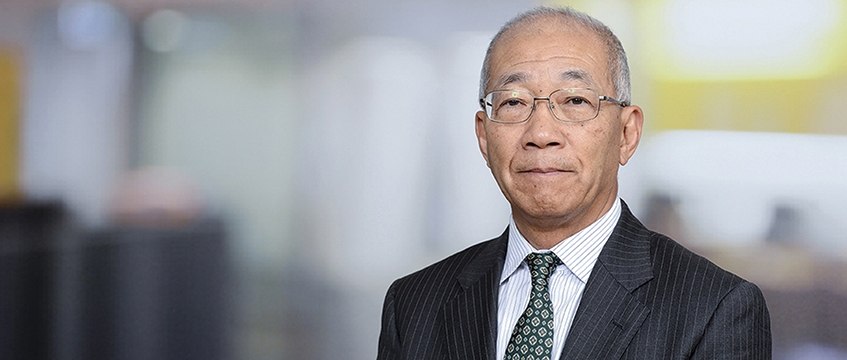Q&A: When will the Japanese make their move?
Shigeki Nakajima, head of the Japanese desk in Savills’ capital markets team
According to preliminary RCA data for 2017, a total of ¥3.826tn (£24.9bn) was transacted in Japan’s property market last year.
This marked a decline in year-on-year volumes, but overseas buyers were slightly more active. By and large, however, Japan is still dominated by domestic investors.
Shigeki Nakajima, head of the Japanese desk in Savills’ capital markets team
According to preliminary RCA data for 2017, a total of ¥3.826tn (£24.9bn) was transacted in Japan’s property market last year.
This marked a decline in year-on-year volumes, but overseas buyers were slightly more active. By and large, however, Japan is still dominated by domestic investors.
The drop in volumes last year can be attributed to the comparative lack of domestic, large-scale, core investment opportunities – not a lack of appetite.
Some domestic investors are more likely to move up the risk curve, but these tend to be more at the periphery of the market, not the well-known big names that may venture into international waters.
Desire for investment
Tokyo’s core investment market remains buoyant so, for the time being, we are unlikely to see many investors looking abroad for a home for their capital.
Those few that do look beyond home shores are largely pursuing a currency play, taking advantage of recent fluctuations, rather than diversifying geographically to spread risk.
Meanwhile, Japan’s Government Pension Investment Fund – the world’s largest public pension fund, which now holds ¥141tn (£924bn) under management – has expressed a desire to invest overseas.
It’s in need of a clear strategy in order for this to happen, but is planning to invest through fund/investment managers when it has sufficiently grown its real estate team and become more familiar with its target overseas markets. For this reason, the GPIF is unlikely to be the first mover.
Adding to this reluctance is a general nervousness towards investing in less familiar overseas markets – a characteristic many (although not all) of the Japanese investors we speak to share – and the structural differences that exist between the Japanese and foreign markets.
In comparison with their UK counterparts, for instance, Japanese office tenants are far more protected, with landlords covering the cost of business rates, maintenance and repairs and insurance.
Buying an office in Japan therefore involves providing a far greater hands-on service which can impact on pricing and creates challenges if you try to compare yields in Japan to those in the UK at face value.
However, this is offset somewhat by Japan’s lower interest rate environment, which offers the highest risk-free return in the world. With many domestic projects financed at rates substantially below 1%, investors are able to carry these extra costs.
Historical lessons
It’s not fully understanding the differences between the Japanese and foreign markets that is sometimes blamed for the mistakes made in the 1980s, when we saw some Japanese investors make ill-advised decisions to buy at the top of the market only to lose money when prices crashed.
But we would argue that the fault more likely lies in some Japanese investors misunderstanding the vagaries of the leasing markets and incorrectly valuing projects, using only the replacement value as a metric, and assuming the value of land would always increase at a fixed annual rate.
In addition, 30 years ago many failed to appreciate the differences between high-yield but high-risk and low-yield but low-risk assets.
Hence, for instance, they chose New York office properties offering 7% yields with 3-5 years remaining on the lease, above London offices yielding 5.5% on 15-20-year leases.
In the end, when the New York market was under pressure, resulting in huge reductions in values, they were forced to sell, realising the capital loss.
If they had chosen the lower-yielding London properties, the longer leases would have meant that they could have held their position and maintained a sound cash flow with hardly any reduction in values.
So, while there is a slow undercurrent of interest from Japanese investors in the international markets, and we hope that more will start to look overseas, a combination of factors and previous poor experiences means there is nothing approaching a wave of cross-border investment at the moment, and this is unlikely to change in the near future.











